Currently, there is a crowded batch of terms used to describe friend or foe (IFF) protection:
IR, infrared, subdued IR, reflective, retro-reflective, glow tape, glint tape, near-infrared (NIR), far infrared (FLIR), glow in the dark, and more.
“What is the difference and how do you know what is right for you?”
This is a common question for those seeking friend or foe protection.

Because each film on your infrared patch performs for a specific circumstance, it is critical you wear the correct protection.
For example, you don’t want a non-covert patch if your goal is to stay hidden.
Here we pull back the weeds and clarify the differences.
In the end, staying safe, completing the operation, and returning home is the goal.
IR Reflective Film
The most popular of IFF films dates back to WWII. Night vision devices were deployed during the conflict. This is when the term “IR” was born. There are 2 types of IR reflective film – Field and Garrison. Field IR reflective is covert and primarily used for battlefield operations. Garrison IR reflective is used for non-covert detection on the base.
Field IR
Covert film (black) for stealth movement on the battlefield to stay hidden from the enemy. Reflects your position to night vision only.
Detection: Night Vision Device, Night Vision Goggles (NVG), White Phosphorus NVG, Lidar Technology
Other terms used: IR, glow tape, glint tape, retro-reflective, reflective, near infrared, NIR, subdued IR
Garrision IR
Non-covert film (white) for jobs around the base, street patrols, or SWAT. Reflects white light from a vehicle, flashlight, moon, etc…
Detection: Naked eye (primarily), Night Vision Device, White Phosphorus NVG, Lidar Technology
Other terms used: IR, glow tape, glint tape, retro-reflective, reflective, near infrared, NIR
Thermal Film
Thermal film is a covert film used to distinguish people or vehicles from the enemy, suspect or surroundings. Unlike IR reflective film, thermal film is visible in daylight and darkness. Therefore the film broadens the scope of use to include daylight operation (search and rescue, car pursuits).
Photo-luminescent Film
Photo-luminescent film is a non-covert film for jobs in the dark around the base, street patrols or search and rescue operations. No advanced equipment is needed to view the film. A fully charged patch is seen by the naked eye for up to 8 hrs. in the dark.
Photo-luminescent Patches
Detection: Naked eye (primarily), Night Vision Device
Other Terms Used: Luminescent, Glow in the dark
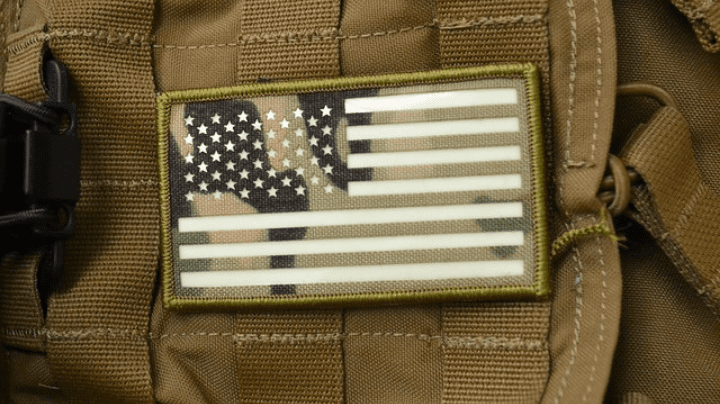
As you see, each film will protect your operations. But you need to take into account the nature of the operation and the assets available. We are here to help you break it all down, so your investment keeps you safe.
Our in house engineers stand ready to design your custom logo in any film choice.
Our mission is to get you home to your loved ones.
Give us a call today… 443.292.8885!
Contact us and be better protected!
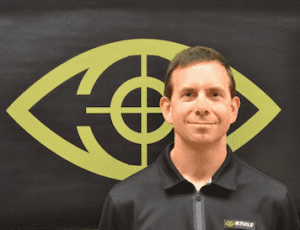
Since 2006, Tom has been the driving force behind IR.Tools, dedicated to delivering top-notch infrared solutions to the military, law enforcement, and sportsmen communities.
What began with a single infrared patch has blossomed into a comprehensive store featuring hundreds of IFF patches, vehicle IFF, an extensive suite of thermal training targets, and tools for drone pilots.
Beyond his innovative products, Tom is passionate about educating users on infrared technology and showcasing how advancements in IR can enhance their operations.
Tom holds an MS in Mechanical Engineering from the University of Maryland and an MBA from Regents University.



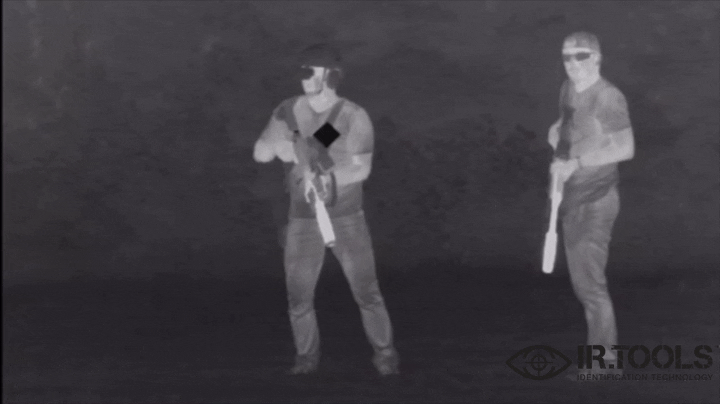
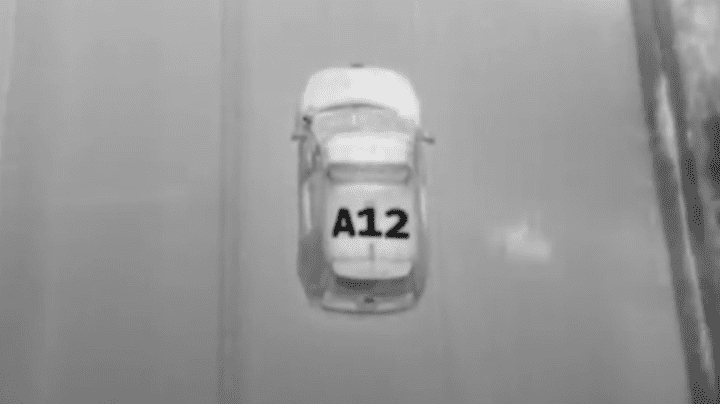
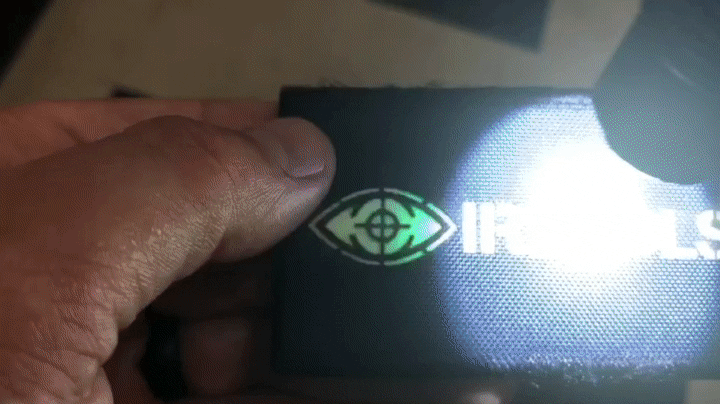
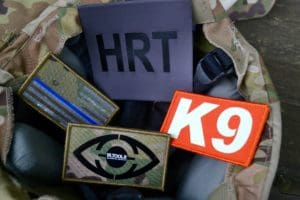
Thanks for the article. I have found another use for IR tapes: to improve the use of Smart devices that operate on IR. With this in mind, how exactly does IR reflective film work. Does the film emit light like phosphor would, changing the wavelength of the light seen. Or is it like a mirror, reflecting back the same IR that it saw. Is it a photo reflector or is it photo sensitive to IR light so it can be detected?
I am focusing on IR reflectors that have the ability to reflect IR light as a stop-sign would when seen at night. Does any of your list of items have this ability? Do you happen to know if reflective tape as seen on buses trucks and mailboxes, reflect IR light as well as visible light?
thanks.
I may try one of your items to see what happens anyway.
Jerome.